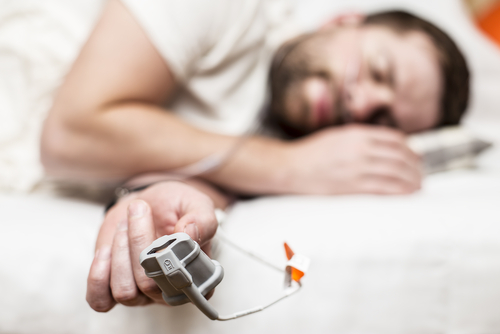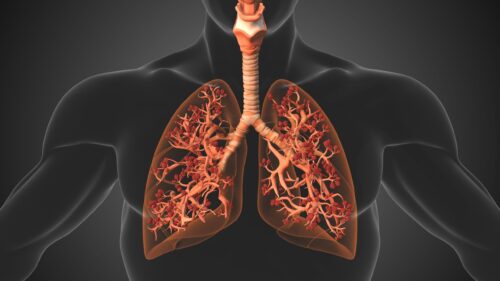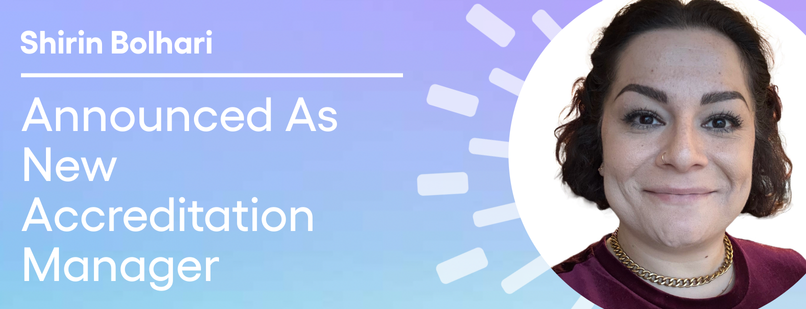
By Debbie Bunch
July 31, 2025
According to the National Heart, Lung, and Blood Institute, about 50 to 70 million Americans have a sleep disorder, and one in three do not get the recommended amount of sleep each night needed to promote good health.
Sleep medicine is devoted to helping those people, and respiratory therapists can play an integral role in both the diagnosis and treatment of sleep disorders.
What does it take to make the transition into sleep? AARC Sleep Section Chair Amanda Leightner, PhD, RRT, RRT-SDS, RPSGT, CCSH, FAARC, FNAP, offers four key points for any therapist thinking about this area of specialization.
What it entails: Polysomnography/Sleep is a comprehensive diagnostic test used to evaluate sleep disorders. It involves monitoring various physiological parameters during sleep, including brain waves (EEG), eye movements (EOG), muscle activity (EMG), heart rhythm (ECG), respiratory effort, airflow, oxygen levels, and limb movements. This data helps diagnose conditions like sleep apnea, narcolepsy, insomnia, restless legs syndrome, and many others.
The benefits of working in sleep: Working in sleep medicine offers the opportunity to improve patients’ quality of life significantly. Respiratory professionals in this field assist in diagnosing and managing sleep disorders that affect health, safety, and overall well-being. The work is often meaningful, autonomous, and intellectually engaging due to the evolving understanding of sleep’s role in overall health.
Current job outlook: The job outlook for sleep technologists and related roles in polysomnography is stable to growing. With rising awareness of sleep disorders and an aging population, demand is increasing for diagnostic and therapeutic services. Growth is particularly notable in sleep centers, hospitals, and home-based sleep study services.
What someone would need to break into the area: To enter the field, individuals typically need —
- Education: An associate degree or certificate in polysomnography or a related allied health program such as respiratory therapy.
- Credentialing: Certification such as the Sleep Disorder Specialist (SDS) by the NBRC or the Registered Polysomnographic Technologist (RPSGT) by the BRPT.
- Hard Skills: Knowledge of sleep physiology, data acquisition systems, and patient monitoring technologies.
- Soft Skills: Attention to detail, critical thinking, empathy, communication, and the ability to work shifts.
Dr. Leightner is an associate clinical professor in the department of respiratory care at Boise State University in Boise, ID.
To learn more about the sleep specialty and network with RTs working in this area of care, consider joining the AARC’s Sleep Specialty Section.








